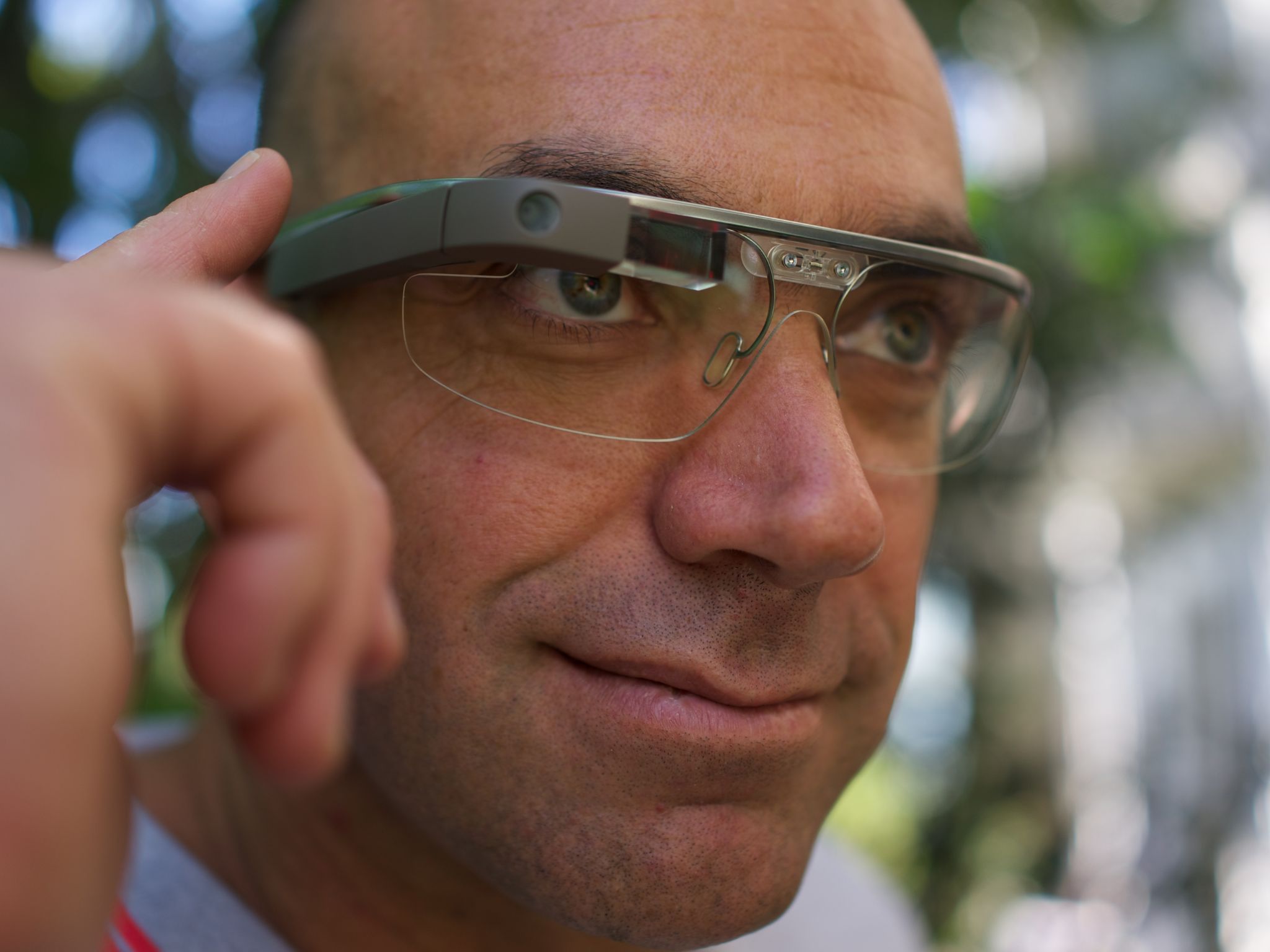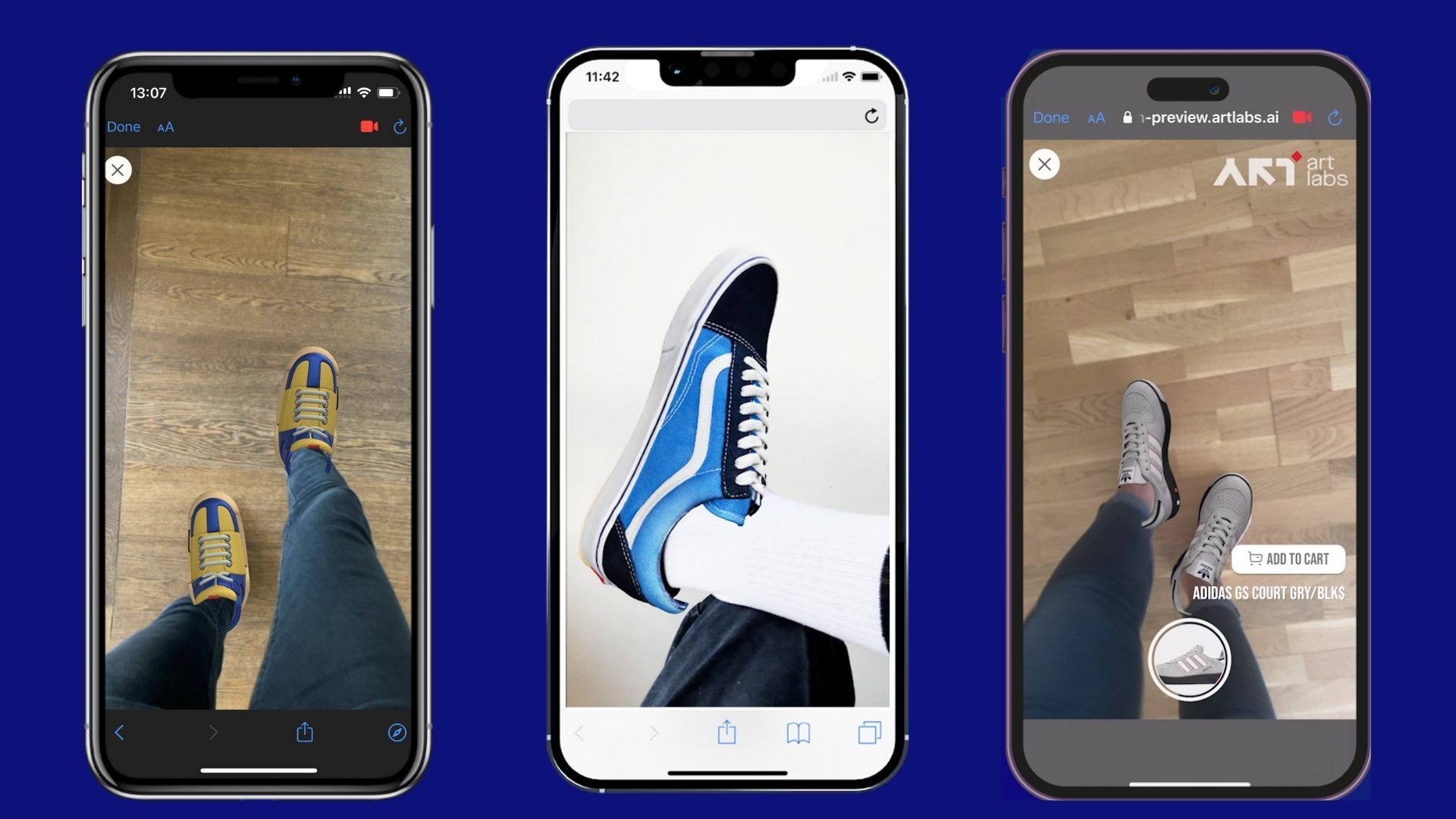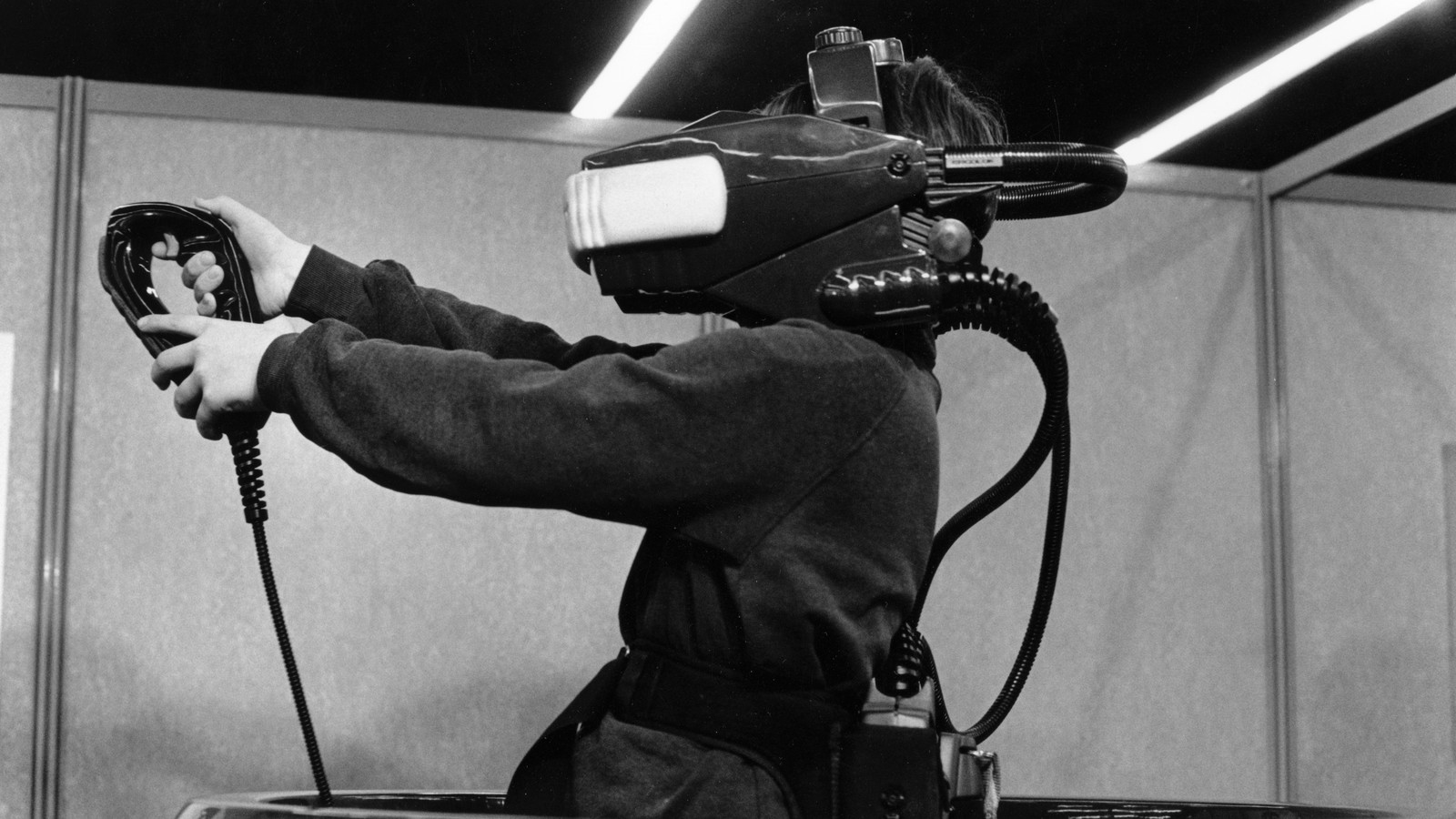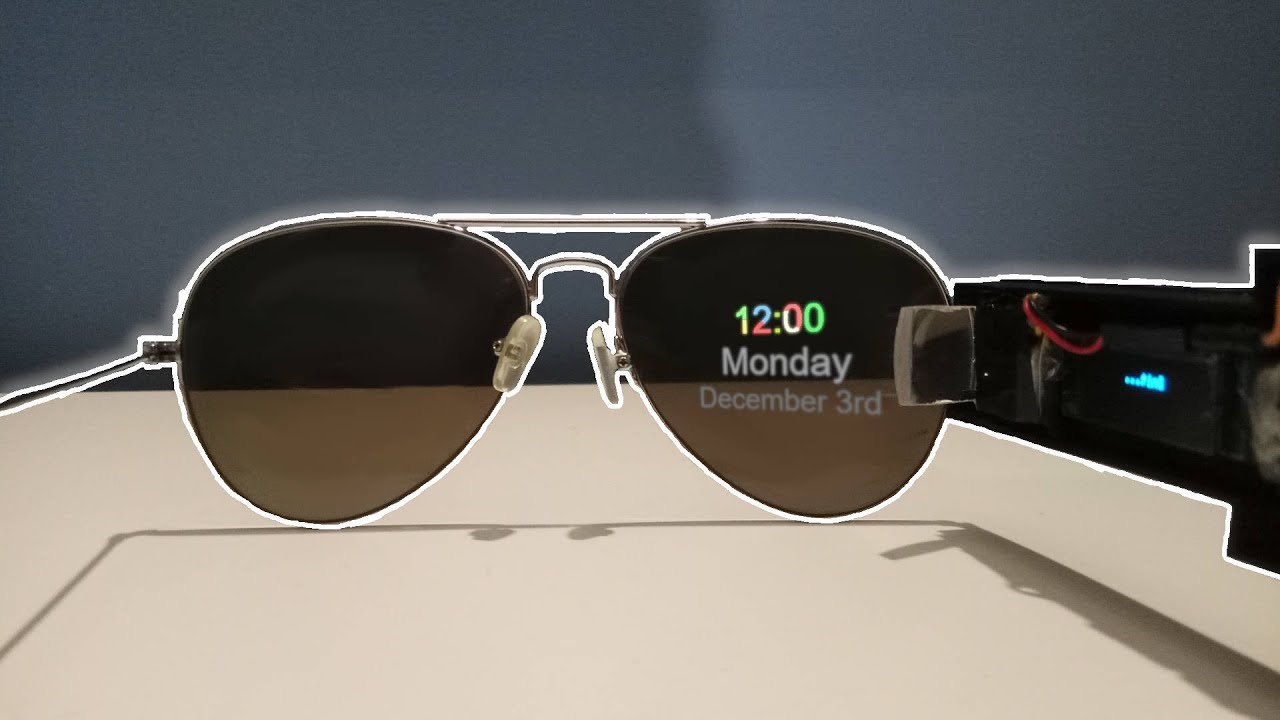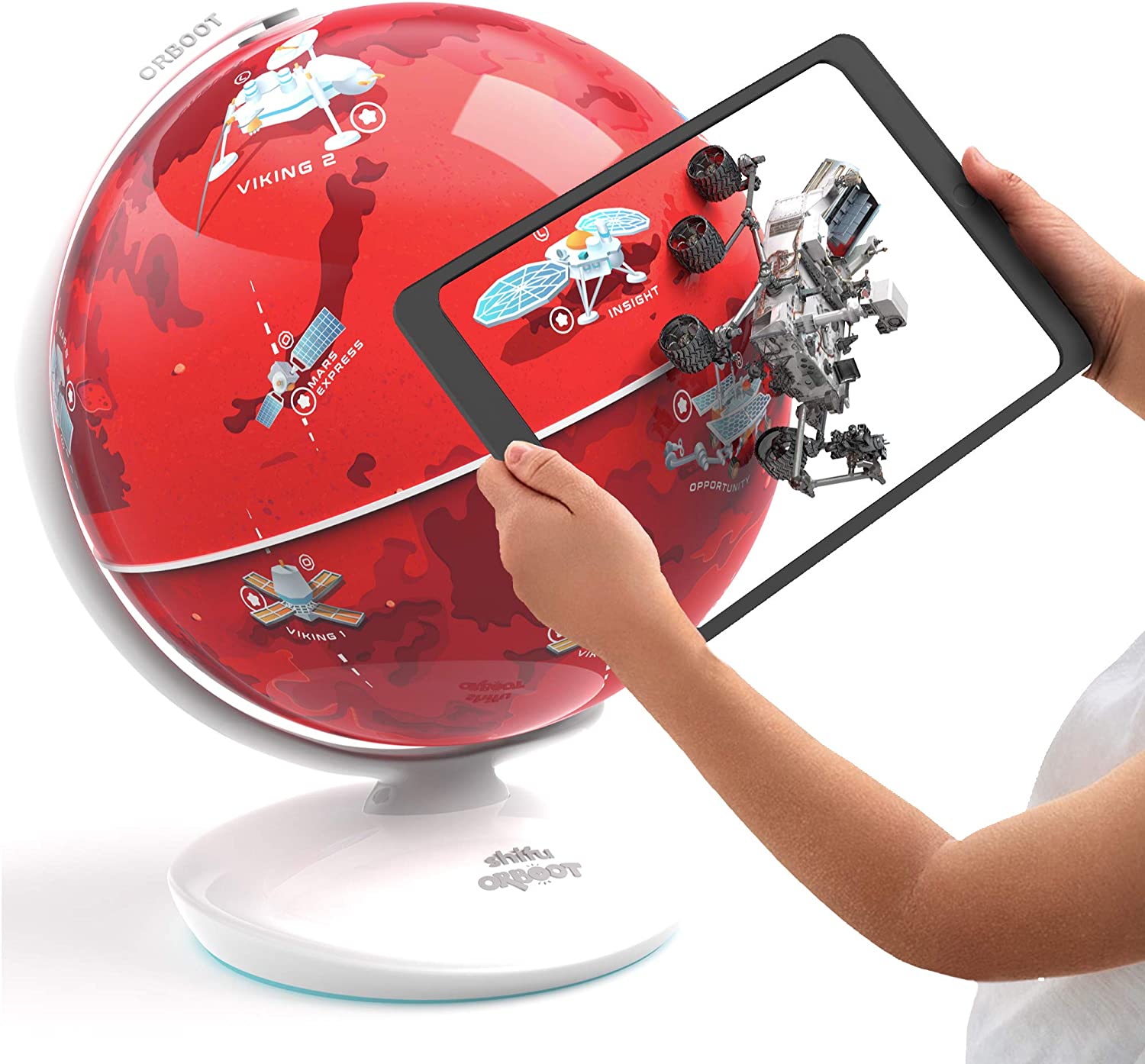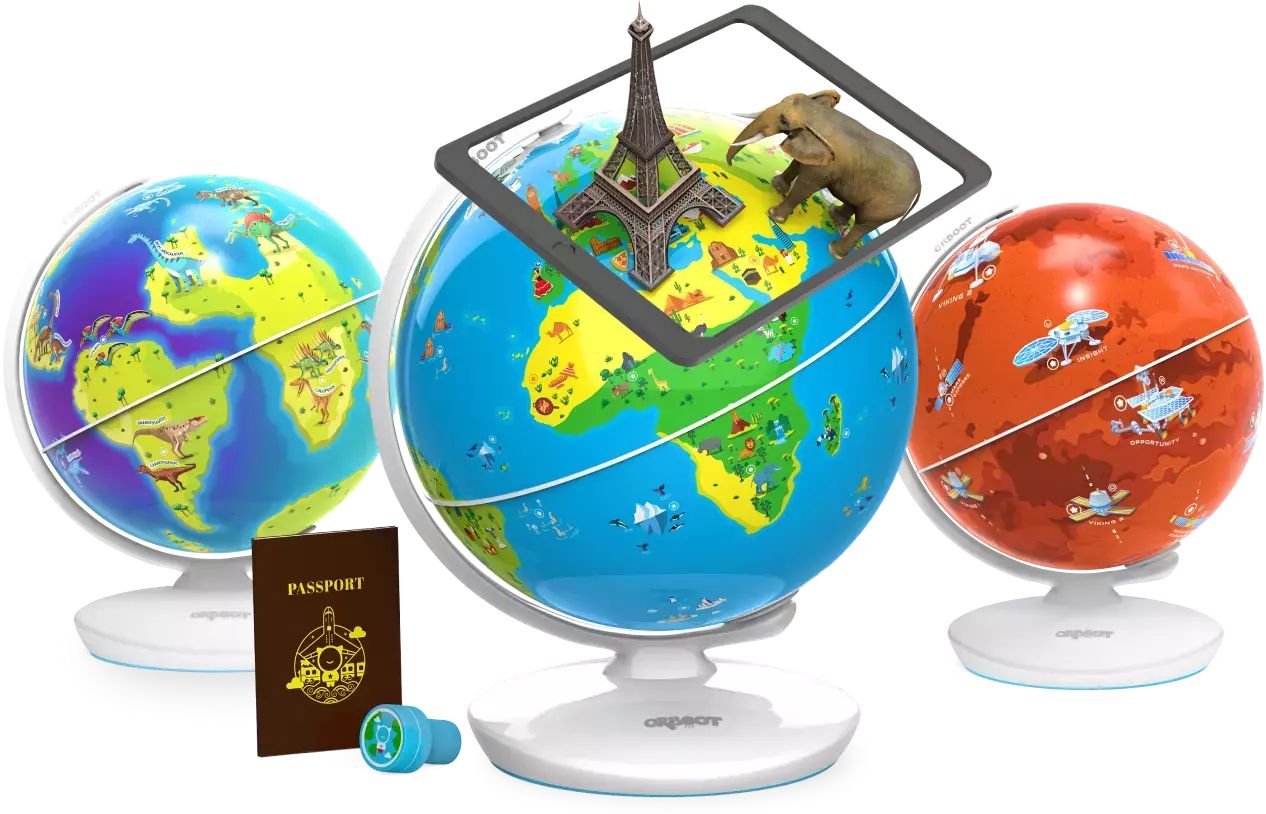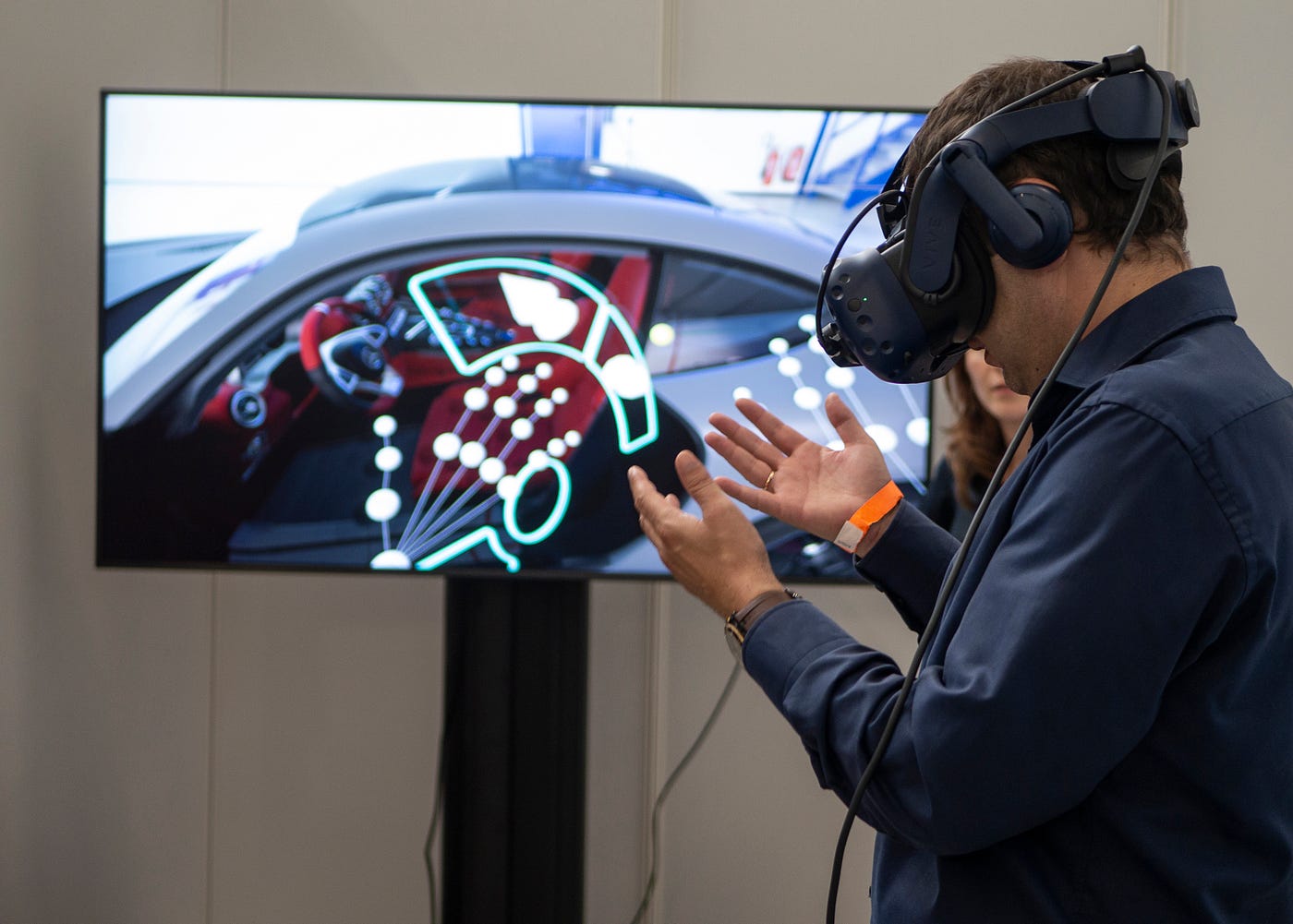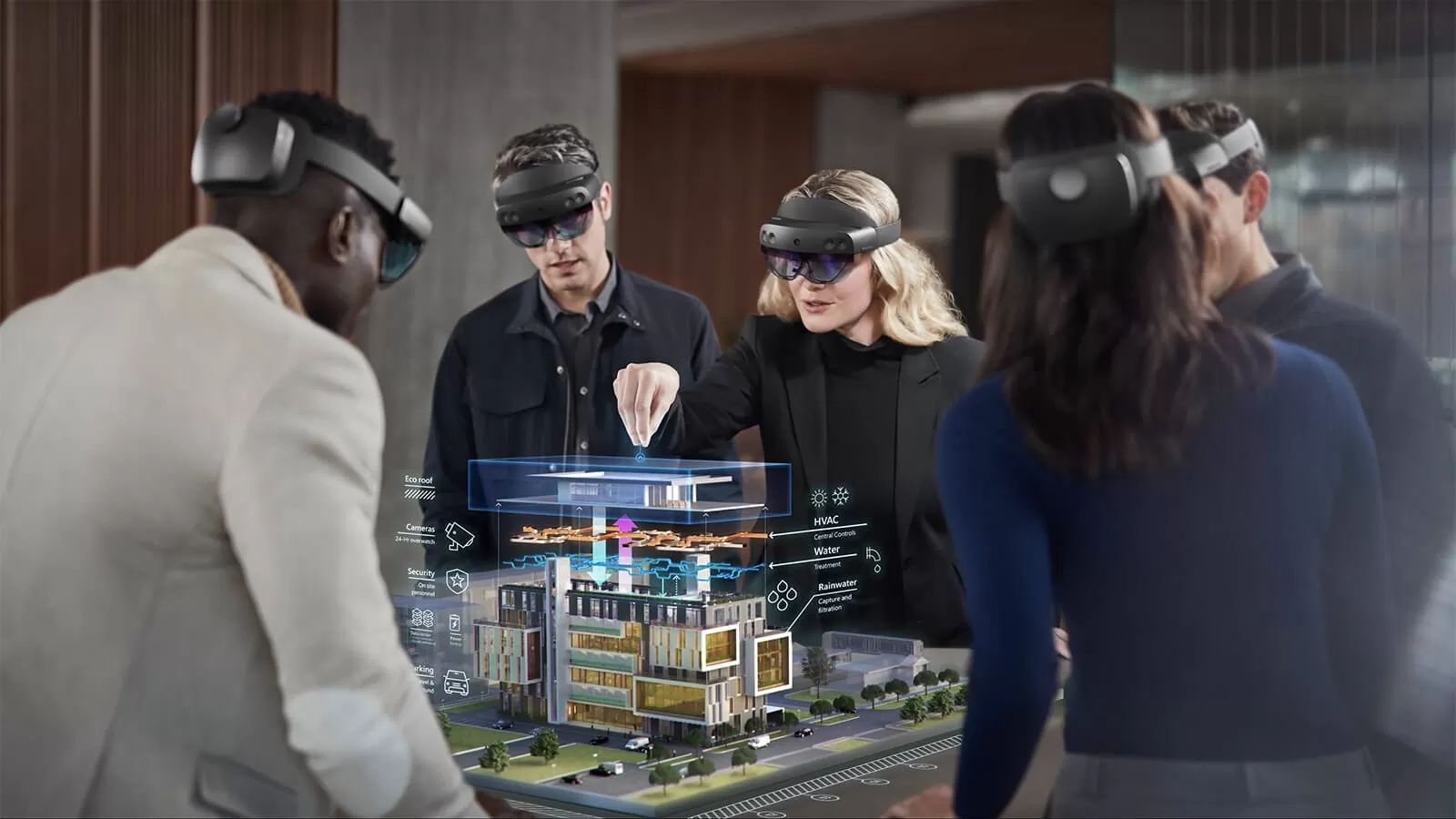The First Underpinnings of Smart Glasses
The concept of smart glasses may seem like a relatively recent technological advancement, but the roots of this innovative device can be traced back several decades. The early development of smart glasses laid the foundation for the sophisticated wearable technology we have today.
In the late 1960s, a concept called “augmented reality” emerged, paving the way for the creation of smart glasses. Ivan Sutherland, a computer scientist, introduced the concept of a “head-mounted display” or HMD, which involved wearing a device that projected computer-generated graphics onto the wearer’s field of view.
However, it wasn’t until the early 1980s that the first true smart glasses prototype was developed. Stephen Mann, a professor at the University of Toronto, coined the term “wearable computer” and designed a device called the “Remote Associate Memory” or RAM, which featured a head-mounted display with a small camera and display to provide augmented reality experiences.
These early iterations of smart glasses were rudimentary compared to the advanced technology we have today, but they were groundbreaking at the time. They laid the groundwork for further research and development in the field.
The concept of augmented reality continued to gain traction throughout the 1990s, with researchers and technology companies exploring different applications and capabilities. Though progress was slow, the potential of smart glasses and their ability to overlay digital information onto the wearer’s real-world view captured the imagination of many.
During this period, companies like Reflection Technology and MicroOptical Corporation made significant strides in developing head-worn displays and wearable computing devices. These early attempts paved the way for the future of smart glasses, setting the stage for the breakthrough that was yet to come.
The first major turning point for smart glasses came in 2013 when Google introduced Google Glass. This wearable device revolutionized the market, bringing smart glasses into the mainstream. Google Glass featured a head-mounted display with a built-in camera, microphone, and wireless connectivity, allowing users to access information, take photos and videos, and interact with various apps.
Despite the initial hype and excitement surrounding Google Glass, the device faced challenges and was eventually discontinued in 2015. However, its impact cannot be underestimated. Google Glass brought the concept of smart glasses to the forefront of public attention and inspired other companies to invest in developing their own versions.
Since then, the evolution of smart glasses has continued, with companies like Microsoft, Apple, and Facebook entering the market. These modern smart glasses offer enhanced functionalities, such as improved augmented reality capabilities, voice assistants, and integration with smartphones and other devices.
Today, smart glasses are increasingly being adopted in various industries, including healthcare, manufacturing, and logistics. They have the potential to enhance productivity, improve efficiency, and provide personalized experiences.
The journey of smart glasses, from their conceptualization in the 1960s to the sophisticated devices we have today, is a testament to the relentless pursuit of innovation and the desire to blend the digital and physical worlds seamlessly.
The Early 1980s: A Pioneering Era
The early 1980s marked a significant era in the development of smart glasses. It was during this time that pioneering researchers and innovators began to explore the possibilities of wearable computing devices, laying the groundwork for the future of this revolutionary technology.
One of the notable figures of this era was Steve Mann, a professor at the University of Toronto. Mann is often referred to as the “father of wearable computing” for his groundbreaking work in the field. In 1980, he created the first known wearable computer prototype, named “WearComp 1.” This early device consisted of a backpack-sized computer along with a head-mounted display, allowing the wearer to interact with computer-generated graphics and information in real-time.
Mann continued to refine his invention throughout the early 1980s, experimenting with various iterations of wearable computing. His work laid the foundation for the concept of smart glasses, as he pioneered the integration of augmented reality into wearable technology. Mann’s devices were early precursors to the modern smart glasses we know today.
During the same era, Thad Starner, another influential figure in the world of wearable computing, made significant contributions. Starner developed the “Twiddler,” a one-handed chorded keyboard that allowed users to input data while wearing a head-mounted display. His work focused on creating wearable systems that could seamlessly integrate into everyday life, emphasizing the importance of usability and human-computer interaction.
These pioneers faced numerous technical challenges in developing smart glasses during the early 1980s. Limited processing power, cumbersome hardware, and the lack of advanced display technologies posed significant obstacles. However, their perseverance and vision propelled the evolution of wearable computing forward.
The early 1980s also saw the establishment of the International Symposium on Wearable Computers (ISWC) in 1997. This conference provided a platform for researchers, engineers, and industry professionals to share their work, collaborate, and further push the boundaries of wearable computing technology.
As the decade progressed, interest in wearable computing and smart glasses began to grow. Research institutions and companies started to explore the potential applications of wearable technology in various fields, from healthcare to military operations.
While the smart glasses of this era may have lacked the sleek designs and advanced features we see today, they were instrumental in paving the way for future innovations. The early 1980s set the stage for further advancements, fueling the imagination of researchers and serving as a springboard for the future development of smart glasses.
The Concept of Augmented Reality
Central to the development of smart glasses is the concept of augmented reality (AR). Augmented reality refers to the integration of computer-generated content with the user’s real-world environment, enhancing their perception and interaction with the surrounding world.
The idea of augmented reality can be traced back to the late 1960s when Ivan Sutherland, a computer scientist, introduced the concept of a “head-mounted display” (HMD). Sutherland envisioned a device that would overlay computer-generated graphics onto the user’s field of view, blending the virtual and physical world together.
The term “augmented reality” was coined in the early 1990s by Tom Caudell, a researcher at Boeing, who used it to describe a digital display system he was developing to assist aircraft assembly workers. This marked a significant milestone in the evolution of augmented reality as a distinct field of study and development.
The underlying technology behind augmented reality revolves around computer vision, tracking, and image recognition. By using cameras, sensors, and sophisticated algorithms, smart glasses can detect and analyze the user’s surroundings, pinpointing objects and landmarks to provide real-time information and interactive experiences.
Augmented reality offers a wide range of applications, spanning from gaming and entertainment to healthcare, education, and industrial use cases. For example, in the healthcare industry, smart glasses equipped with AR capabilities can assist surgeons during complex procedures by providing real-time guidance and visual overlays.
Another area where augmented reality shows immense promise is in training and education. Smart glasses can create immersive learning experiences where students can interact with 3D models and virtual simulations, enhancing their understanding and retention of complex concepts.
One of the key benefits of augmented reality is its ability to bridge the gap between the digital and physical worlds seamlessly. By overlaying virtual information onto the real environment, smart glasses empower users with enhanced context and situational awareness, leading to improved decision-making and productivity.
As the technology and capabilities of AR continue to advance, the potential for smart glasses to transform various industries becomes more apparent. The ability to access information, communicate, and interact with digital content hands-free and on the go opens up a new realm of possibilities.
Augmented reality has come a long way since its early conceptualization, and it continues to push the boundaries of what is possible. As smart glasses evolve, so too will the opportunities for integrating augmented reality into our daily lives, making the digital world an integral part of our physical reality.
The 1990s: Increased Research and Development
The 1990s witnessed a surge in research and development in the field of smart glasses. As technological advancements continued to pave the way for wearable computing, researchers and companies intensified their efforts to bring the concept of smart glasses closer to reality.
During this decade, several breakthroughs and innovations occurred, fueling the progress of smart glasses. One notable milestone was the development of head-worn displays with improved resolution and functionality. Companies like MicroOptical Corporation and Reflection Technology made significant strides in creating lightweight and compact display systems that were more comfortable for users to wear.
Researchers also focused on refining the concept of augmented reality, exploring ways to seamlessly integrate computer-generated graphics with the user’s real-world view. They experimented with various display technologies, including transparent displays and holographic optics, to enhance the visual experience of smart glasses.
Another key area of development in the 1990s was input methods for smart glasses. Traditional keyboards and mouse interfaces were not suitable for wearable devices, so researchers explored alternative solutions. Voice recognition technology, gesture-based input, and eye-tracking systems were some of the innovative approaches that emerged during this era.
The application potential of smart glasses also became increasingly evident during the 1990s. The medical field, in particular, saw significant interest in using smart glasses for surgical navigation and remote consultations. Researchers explored the use of augmented reality overlays to guide surgeons during complex procedures, providing real-time visual assistance and enhancing patient outcomes.
The military also recognized the potential of smart glasses for situational awareness and information dissemination in the field. Research and development efforts focused on creating head-up displays (HUDs) for military personnel, enabling them to access critical data and navigation information without diverting their attention from the mission at hand.
Although smart glasses were still in their early stages and faced various technical and usability challenges, the increased research and development during the 1990s served as a catalyst for future advancements. The groundwork laid during this era set the stage for new breakthroughs in the coming years.
Furthermore, the 1990s marked the beginning of collaborations among researchers, as they recognized the value of sharing knowledge and expertise in advancing smart glasses technology. Conferences and symposiums were organized, providing platforms for researchers and industry professionals to exchange ideas, showcase prototypes, and discuss the future direction of smart glasses.
The increased research and development efforts during the 1990s propelled smart glasses into the spotlight and foreshadowed the significant impact they would have in the years to come. The groundwork laid in this decade paved the way for the turning point in the evolution of smart glasses – the launch of Google Glass in 2013, which brought this technology into the mainstream consciousness.
The Turning Point: The Launch of Google Glass in 2013
The year 2013 marked a turning point in the history of smart glasses with the highly anticipated launch of Google Glass. This groundbreaking wearable device generated significant buzz and excitement, bringing the concept of smart glasses to the forefront of public consciousness.
Google Glass was a head-mounted display that resembled a pair of glasses. Unlike previous prototypes, it featured a sleek and compact design that was less conspicuous and more user-friendly. Equipped with a small display screen positioned above the user’s line of sight, Google Glass offered a hands-free augmented reality experience.
With Google Glass, users could access a range of features and functionalities. They could take photos and videos, receive and send messages, browse the internet, and receive notifications, all with voice commands and simple gestures. The device also supported third-party apps, allowing developers to explore and create innovative applications for the platform.
The launch of Google Glass created a significant buzz in various industries, from technology and healthcare to business and entertainment. Its potential applications seemed endless, and there was great anticipation surrounding the impact it could have on daily life.
However, Google Glass also faced criticism and concerns regarding privacy and social etiquette. The device’s ability to capture photos and record videos without notice raised privacy concerns, and some establishments even banned the use of Google Glass within their premises. This led to public debate and discussions about the ethical implications of wearable technology.
Despite the initial excitement, Google Glass eventually faced challenges and was discontinued as a consumer product in 2015. However, its short-lived presence was instrumental in shaping the future of smart glasses. Google Glass sparked renewed interest in wearable technology and inspired other companies to invest in the development of their own smart glasses.
The launch of Google Glass brought smart glasses into the mainstream consciousness, making the general public more aware of the possibilities and potential of wearable computing devices. It paved the way for further research and development in the field, as other companies followed suit, capitalizing on the growing interest and pushing the boundaries of smart glasses technology.
Today, the impact of Google Glass can still be felt, with its influence evident in the design and functionality of modern smart glasses. The lessons learned from its launch and subsequent challenges have helped shape the direction of the industry, guiding the development of more refined and user-friendly smart glasses.
The turning point brought about by Google Glass in 2013 marked a significant milestone in the evolution of smart glasses, setting the stage for continued innovation and advancement in wearable technology.
The Evolution Continues: Smart Glasses Today
The evolution of smart glasses continues to evolve rapidly, with modern iterations offering more advanced features and enhanced capabilities. Today, smart glasses have progressed beyond novelty to become practical and versatile wearable devices that cater to various industries and user needs.
One of the key advancements in smart glasses technology is the integration of improved augmented reality (AR) functionalities. Modern smart glasses leverage advanced computer vision algorithms and sensors to provide more accurate and immersive AR experiences. Users can now interact with virtual objects and overlays seamlessly, merging the digital and physical worlds in a way that was previously imaginable only in science fiction.
Furthermore, smart glasses now offer better ergonomics and user comfort. Companies have made significant strides in reducing the size and weight of the devices, making them more lightweight and less obtrusive. The sleek and fashionable designs encourage wider adoption and acceptance, as smart glasses resemble regular eyewear more closely.
Connectivity options have also improved, with smart glasses seamlessly integrating with other devices such as smartphones, tablets, and smartwatches. This allows for seamless data transfer and synchronization, enabling users to easily access and manage information across multiple platforms.
The integration of voice assistants has become a common feature in modern smart glasses, allowing users to interact with their devices through voice commands. Voice recognition technology has become more accurate and efficient, enabling users to perform various tasks hands-free, from making calls to searching the internet to managing their daily schedule.
Smart glasses have found application in a wide range of industries. In the healthcare sector, for example, doctors and surgeons can use smart glasses to access patient records and real-time data during procedures, increasing efficiency and accuracy. In logistics and manufacturing, workers can receive step-by-step instructions and hands-free guidance, improving productivity and reducing errors.
With the rise of remote work and virtual collaboration, smart glasses have also gained traction in the business world. Teams can use smart glasses to conduct virtual meetings, share and collaborate on documents in real-time, and access helpful information without the need for physical presence.
As technology continues to advance, the future of smart glasses holds even more promise. Improved battery life, more powerful processing capabilities, and enhanced display technologies are just a few areas that are being actively explored and developed.
Smart glasses are no longer just a futuristic idea but a practical reality that is transforming the way we work, communicate, and interact with our environment. The evolution of smart glasses is an ongoing journey, constantly pushing the boundaries of innovation and enhancing our daily lives in ways we never thought possible.







